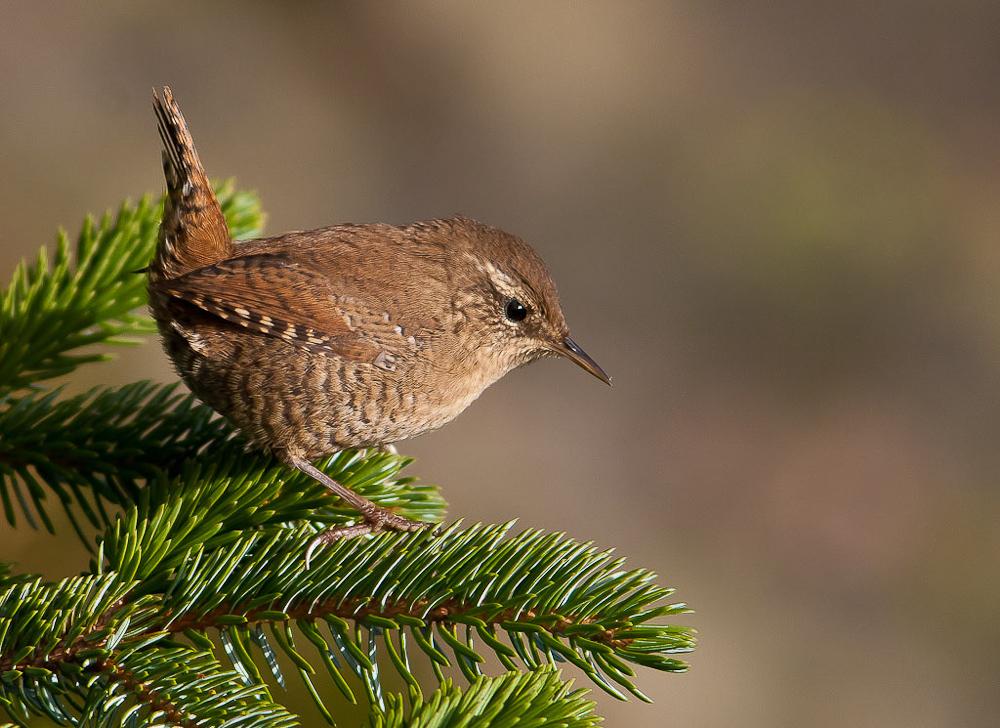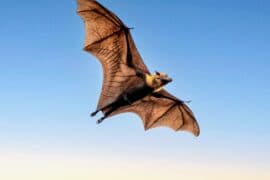Wren
(Troglodytes troglodytes)

Description
The Eurasian wren (Troglodytes troglodytes) is a very small bird,and the only member of the wren family Troglodytidae found in Eurasia and Africa (Maghreb).In Anglophone Europe,it is commonly known simply as the wren.It was once lumped with Troglodytes hiemalis of eastern North America and Troglodytes pacificus of western North America as the winter wren.The Eurasian wren occurs in Europe,a belt of Asia from northern Iran and Afghanistan across to Japan.It is migratory in only the northern parts of its range.It is also highly polygynous,an unusual mating system for passerines.The scientific name is taken from the Greek word "troglodytes" (from "trogle" a hole,and "dyein" to creep),meaning "cave-dweller",and refers to its habit of disappearing into cavities or crevices whilst hunting arthropods or to roost.The taxonomy of the genus Troglodytes is currently unresolved,as recent molecular studies have suggested that Cistothorus spp.and Thryorchilus spp.are within the clade currently defined by Troglodytes.The 9- to 10.5-cm-long and 6-10 g wren is rufous brown above,greyer beneath,barred with darker brown and grey,even on wings and tail.The bill is dark brown,the legs pale brown.Young birds are less distinctly barred.The plumage is subject to considerable variation,and where populations have been isolated,the variation has become fixed in one minor form or another.There are around 27 subspecies of this taxonomically complex bird.The disputed subspecies orii,the Daito winter wren,became extinct around 1940 – if it is indeed a valid taxon and not merely based on an anomaly.Thus in Scotland,in addition to the typical bird T.t.indigenus,there are three distinct insular subspecies: one,T.t.hirtensis,is confined to the island of St Kilda;another,T.t.zetlandicus,to Shetland;and the third,T.t.fridariensis,to Fair Isle.The St Kilda wren is greyer above,whiter beneath,with more abundant bars on the back;the Shetland wren and Fair Isle wren are darker.
Taxonomic tree:







